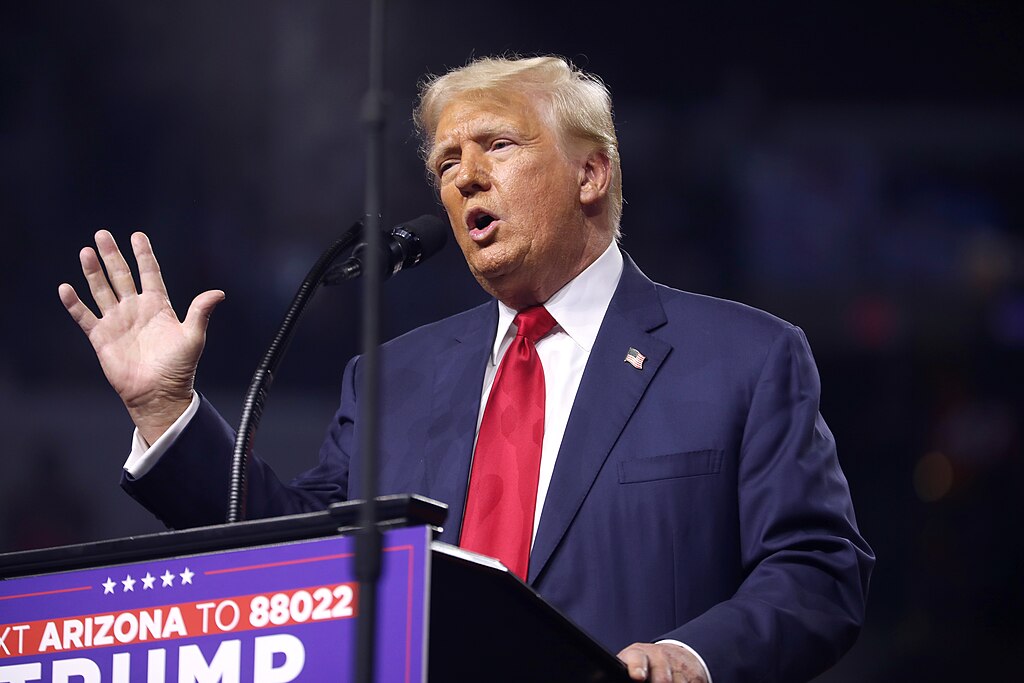Latest Assassination Attempt on Former US President
Two months after Donald Trump survived an assassination attempt, a gunman managed to remain hidden for nearly 12 hours at the edge of the golf course where Trump played on Sunday, despite the protection of an increasingly strained Secret Service.
As the 2024 presidential race enters its final phase, the Secret Service is operating with about 400 fewer employees than Congress has authorized, according to government records. With the agency typically taking over 200 days to fill vacancies, it’s unlikely the staffing issue will be resolved before the Nov. 5 election.
On Sunday, Trump’s decision to privately golf at one of his Florida clubs meant agents didn’t conduct the routine site survey that could have uncovered the gunman. The man had been hiding with food near the fifth hole of the Trump International golf course, just a few hundred yards from Trump.
Acting Secret Service Director Ronald Rowe, who took over in July after the previous director resigned following the first assassination attempt, stated that his agents are already working under extreme stress.
Early Alert Saves Trump
At the time of the incident, Trump was enjoying a day of golf, away from his campaign. While surveying the hole the ex-president would approach later, one of his
Secret Service agents noticed the barrel of a rifle protruding from the bushes surrounding the course. Upon noticing this, according to the FBI, the agents fired at least four rounds of ammunition as the suspect, apparently injured, fled in a vehicle.
At that moment, the former president was “one or two holes” behind the location of the attacker. The sheriff explained that the distance was “probably between 300 and 450 meters.” It is clear that the attacker was waiting for Trump to approach the next hole to launch his attack from a closer distance. Thanks to this Early Alert action, the Secret Service agents detected and neutralized the attack before the protectee was in danger, acting proactively and surprising the assailant instead of being caught off guard.
The most significant failures of the Secret Service during the assassination attempt on July 13 were the failure in
counter-surveillance—the assailant had been monitoring the area for ten days without detection—and the lack of Early Alert, as they did not intervene in advance at the positions where the assailant was positioned and waiting to attack.
Counter-Surveillance
Counter-surveillance relates to the “Long Time Ring,” which allows an attack to be stopped days or months in advance, while Early Warning corresponds to the “Medium Time Ring,” which prevents attacks hours or minutes before they occur.
In this case, counter-surveillance failed again; the assailant had likely been observing the area for several days before the attack without being detected. This prior analysis allowed him to identify opportunities and potential security flaws, getting close enough to execute an effective attack.
However, the Early Alert worked very well this time. The agent intervened proactively in the area where the protectee was about to enter, identifying critical points and neutralizing the attack before it posed a danger to the protected person.
The key point here is not the agent’s marksmanship or the fact that the assailant initially escaped, but that the attack was thwarted before the protected individual was at risk. This reinforces the idea that a discovered assailant will only seek to escape.
Difference from Latin America
Unlike in
Latin America, where the same mistakes are foolishly repeated and lives are lost, the Secret Service has shown that it has learned from its failures. Although weaknesses in counter-surveillance still exist, they have understood the most important lesson: the only sure way to stop an attack is to intervene in the preparation phases.
They have realized that focusing on reaction is a disastrous approach. Hopefully, from this example, protectors in Latin America and other parts of the world will also learn this valuable lesson, making executive protection a safer profession for both the protected and the protectors.

